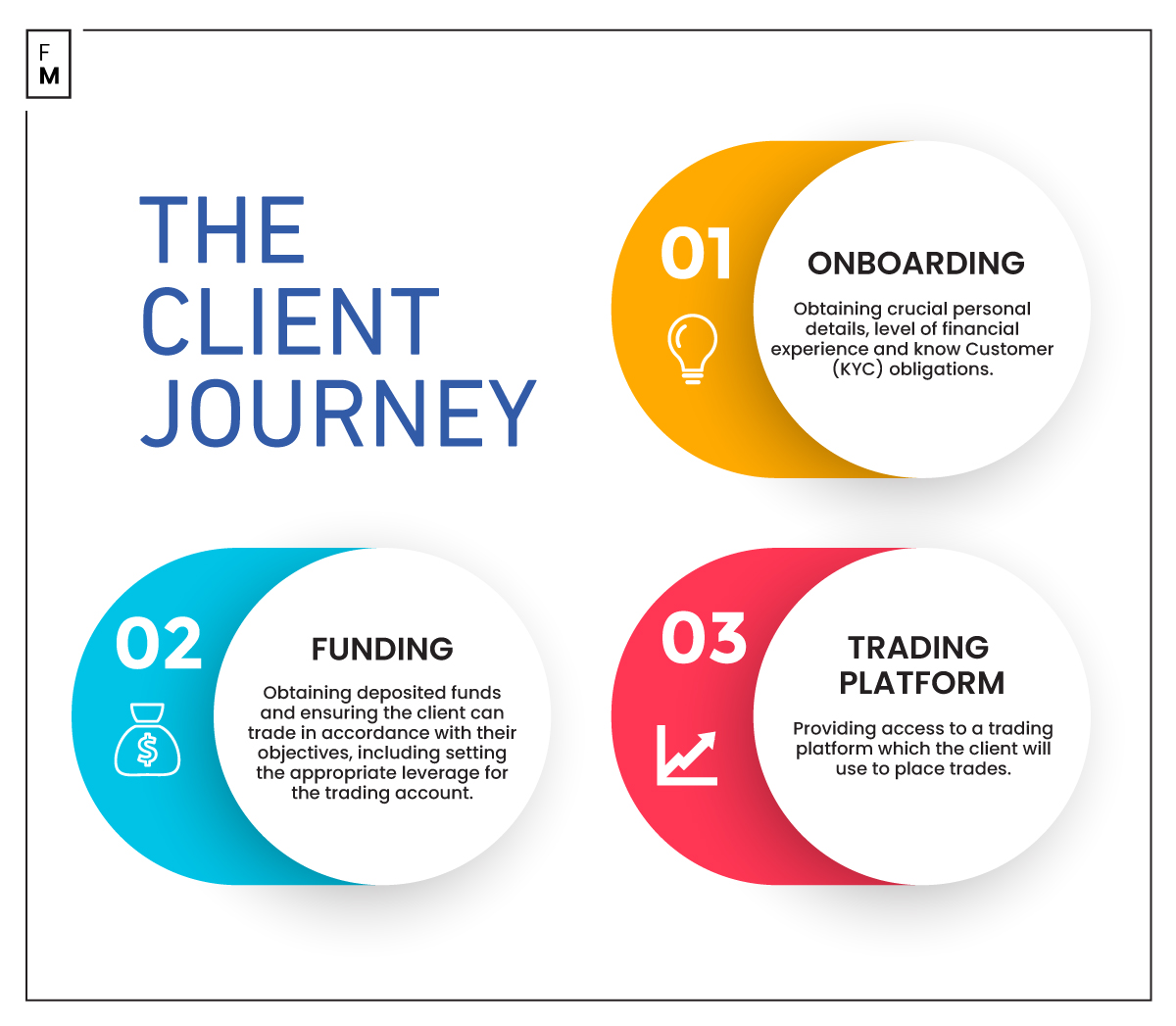Building the ideal trading solution for the retail crowd is no easy feat.
After flummoxing scores of product engineers, marketing moguls, and fintech developers for decades, most brokers, to this day, fail to create a seamless client journey that serves both the client and the broker.
The holy grail is for potential clients to go from new prospects to active clients without human assistance or intervention.
In the 1989 cult-classic film Field of Dreams, a baseball enthusiast intends to build a new baseball field but doubts its ultimate success. As he strolls through his cornfield one evening, a voice whispers to him: "If you build it, he will come." After some deliberation, the protagonist decides to risk his time and money despite success not being guaranteed.
How to Build a Trading Platform?
Building a cohesive, self-sustaining onboarding system, including a trading platform, is similar to creating a baseball field. Despite being superficially simple, there are hundreds of considerations which ultimately make the project very complicated. However, if successful, the result will necessarily be helpful and attract fans.
To date, we have seen several valiant attempts to create such a seamless system, including Saxo Bank, IG and Markets.com. These brokers have invested millions into developing proprietary platforms while simultaneously catering to the MetaTrader crowd. However, their attempts have proven to be suboptimal because of the difficulty of supporting multiple platforms with differing settings as part of one synchronous offering.
But what if we compare the retail trading world with the best of the rest?
Let's take Apple as an example. Apple's online presence and modus operandi are proactive and dynamic. Their approach holds the customer’s hand from start to finish and ensures visitors find whatever they’re attracted to. All in a smooth and frictionless way.
Developing and persisting with concepts such as "discoverable design" and "love at first launch" allows the US tech giant to strengthen brand loyalty and deliver memorable experiences for customers as standard.
In effect, Apple has cracked the code of how companies should introduce themselves and their services to their potential customers and how to handle them collectively without losing the personal touch that makes them come back for more.

The Retail Client Journey
Online financial trading is a complex process that requires a multifaceted approach to be successful. If onboarding is as complicated as the market itself, potential clients tend to fall by the wayside and exit the onboarding "pipeline", as many brokers refer to it internally.
In the online trading industry, the prospect's journey from interested party to live client can be broken down into three specific parts:
Onboarding
The onboarding process begins when the prospect visits the broker's website/landing page and submits contact details. For the prospective client, the trading world often seems confusing and too dynamic. However, the prospect is keen to trade various assets, enabling the broker to establish a new client. For the broker, the ideal outcome is for the prospect to be persuaded to open a trading account and verify all their necessary documents without human intervention.
To do this, one word comes to mind: simplicity.
The number of steps must be limited, and any steps provided must be simple and self-explanatory. Better yet, completing the onboarding process should feel like a completed milestone with a sense of achievement or reward.
It's important to remember that every client's journey is unique. The excitement that took them to the broker's website can be maintained with a smooth sign-up process, thereby ensuring the prospect becomes an avid trader once their account is activated.
Capital
In an ideal scenario, our aspiring trader must easily navigate from demo to live trading. The funding process should be a stage that fills the aspiring trader with a sense of excitement. Their ability to deposit/withdraw should be easily accessible and never strung out to give clients the perception that the broker is only interested in receiving deposits but hates issuing withdrawals. Even tiny minutiae such as this can often impact the broker's reputation.
Also noteworthy is the recent trend towards funding trading accounts with cryptocurrency. Brokers should understand that providing additional funding options improves deposits and helps support the narrative that the broker serves client needs.
The trader's cockpit
The trading platform (online, tablet or mobile) must be designed seamlessly, including intuitive navigation. Among software developers, it is often said that good software shouldn't need an instruction manual.
Traders must be able to find their desired trading instrument, ideally with an active dynamic keyword search that captures all instruments while sometimes providing tangential ideas about other tradeable instruments.
For example, if a trader types "gold" into a search field, they should see not only the spot gold market in relation to the US dollar. They should also see any and all companies with the word "gold", gold futures contracts, cryptos with the word gold etc.
Once the client has decided what they want to trade, the actual trading should also be seamless, including seeing their exposure to current trades, their leverage settings, the current profit and loss, etc.
Importantly, the client must never feel confused or isolated in their understanding of the trading platform. This notion is best mitigated directly through software tweaks and innovations as opposed to providing endless links to Frequently Asked Questions (FAQs) and directing clients to speak to client service reps.
Clients Needs May Differ, but Basic Expectations Remain the Same
No matter how advanced the trading platform is, traders will always need a seamless experience in these three areas. Brokers and technology providers need to come up with ways to bring added advantage and ease around them. There must not be any slack in any of the areas: even if a platform has smooth onboarding process, but funding is difficult, the chances of traders to abandon the platform is very high.
The next part of the series will discuss the importance of smarter systems and the need for multiple platforms.






















